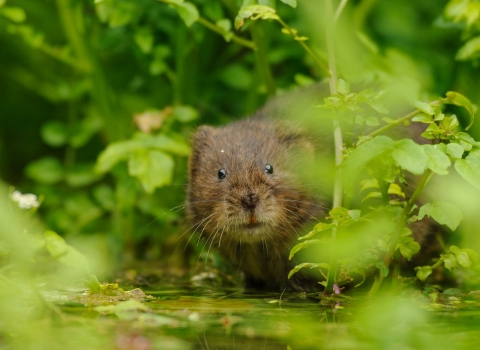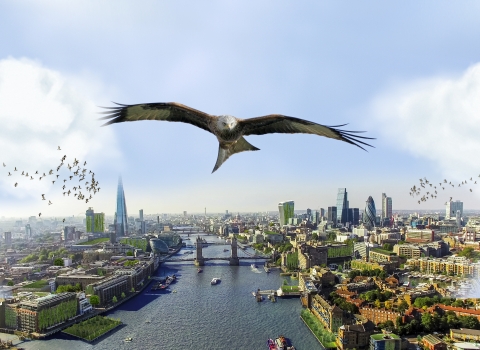Last week I attended a seminar with many other Wildlife Trusts from around the UK on Nature Recovery Network Mapping. This might sound like a dry subject compared to some of the work we get up to out and about on our reserves and local wildlife sites, but it’s crucial to the underpinning of our ambition to build a recovery network to restore nature across the country, and to getting the Westminster Government to commit to this, too.
What is a Nature Recovery Map?
Nature Recovery Network Maps will indicate where new nature reserves and habitats should be created in the future for the benefit of wildlife and people. Based on sound evidence and research, they will be used across government departments to determine where development should and shouldn’t take place, and where new green spaces can be introduced. Alongside our nature reserves and Local Wildlife Sites, these will then provide more, bigger, better and joined up habitats to create a functioning network for wildlife and help its recovery.
It’s a concept we are well tuned to with our Living Landscapes work, but it is great to see the government following a similar line, with DEFRA having committed to produce and deliver a Nature Recovery Network in the 25 Year Environment Plan. As the best placed organisation to know where local habitats and opportunities are, the Wildlife Trusts are keen that this map is something we influence (as set out in our ‘Towards a Wilder Britain’ document).
Creating a Nature Recovery Network Map
There have been many approaches to habitat opportunity and ecological network maps across the different Wildlife Trusts, and over time. There are a number of techniques that can be used at a local level and there was lots of discussion at the seminar about the best approaches. What we are all agreed on is that a Nature Recovery Network Map needs to be based on good data, and to include:
- A central core of what already exists and is restorable – i.e., a map of nature reserves, Local (and County) Wildlife Sites, SSSIs, National Nature Reserves etc.
- Where the most effective areas to create an ecological network are
- Where we should and shouldn’t create new habitat
With our local experience and expertise, it is clear that the Wildlife Trusts are best placed to help create these maps, and there are many approaches that have worked, and could work in conjunction with each other. Discussions with and within DEFRA are continuing and it will be interesting to see how this all progresses.
The Environment Act
Of course any Nature Recovery Network Map that is produced will need to be underpinned by a powerful and progressive Environment Act to ensure it has clout.
We are asking that the Environment Act should include:
- A common framework for mapping (something we can help produce)
- A duty on Local Authorities to produce/publish maps (something we can support)
- A duty on public bodies to develop maps (something us and other partners can deliver)
How you can help
Right now, the Environment Act is being discussed in Westminster. You can help by writing to your MP and letting them know how important wildlife is to you, and outlining why you think it should be protected by law and a powerful Environment Act. We need to make sure this is at the top of their agenda.



